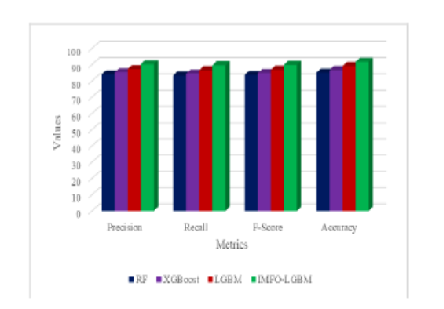


Indian Journal of Science and Technology
DOI: 10.17485/IJST/v15i40.1155
Year: 2022, Volume: 15, Issue: 40, Pages: 2085-2092
Original Article
J Jenifer1*, R Jemima Priyadarsini2
1Research Scholar, Department of Computer Science, Bishop Heber College, Affiliated with Bharathidasan University, Trichy-17, Tamilnadu, India
2Associate Professor, Department of Computer Science, Bishop Heber College, Affiliated with Bharathidasan University, Trichy-17, Tamilnadu, India
*Corresponding Author
Email: [email protected]
Received Date:31 May 2022, Accepted Date:01 September 2022, Published Date:29 October 2022
Objectives: This research work focuses on predicting traffic for the Smart City. Methods: Current research methods for traffic prediction are based on machine learning (ML) model. This article presents two contributions related to it. First, it provides feature engineering that includes feature extraction and a nature inspired optimization algorithm for selecting the best features. The mayfly optimization algorithm is improved by using the mode-based ranking method to select the best feature. Second, it uses the light-weight boosting method to train the datasets for better accuracy.Findings: The proposed Improved MayFly Optimization with LightGBM (IMFO-LGBM) is experimented with popular smart city datasets which is available in Kaggle website. IMFOLGBM shows an improvement in the prediction accuracy when compared with the baseline methods. It shows 2% of increase in the overall accuracy. Novelty:Nature inspired Mayfly optimization is improved and used to find the best feature for prediction. The selected features are then trained with the light weight boosting algorithm (i.e., Light Gradient Boosting Model). The hybrid of improved mayfly optimization and light GBM outperformed well.
Keywords: IoT; Smartcity; Mayfly optimization; Machine learning and LightGBM
© 2022 Jenifer & Priyadarsini. This is an open-access article distributed under the terms of the Creative Commons Attribution License, which permits unrestricted use, distribution, and reproduction in any medium, provided the original author and source are credited. Published By Indian Society for Education and Environment (iSee)
Subscribe now for latest articles and news.